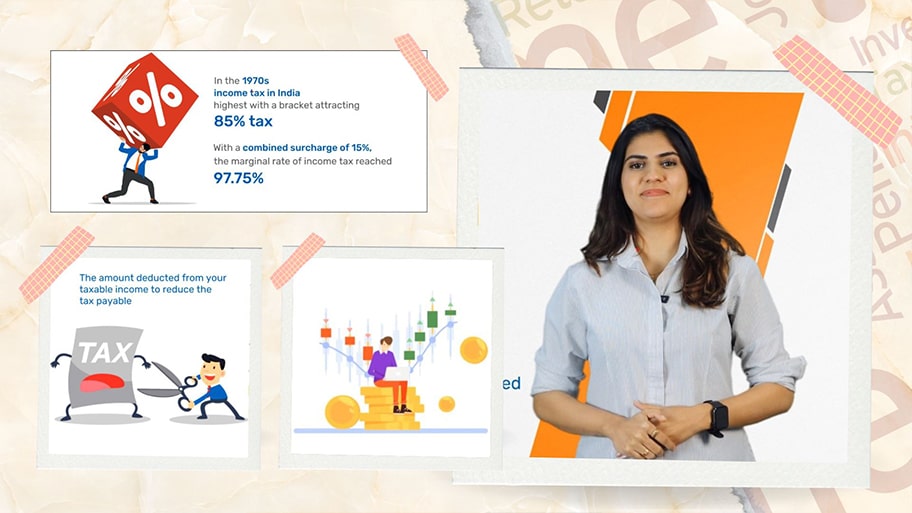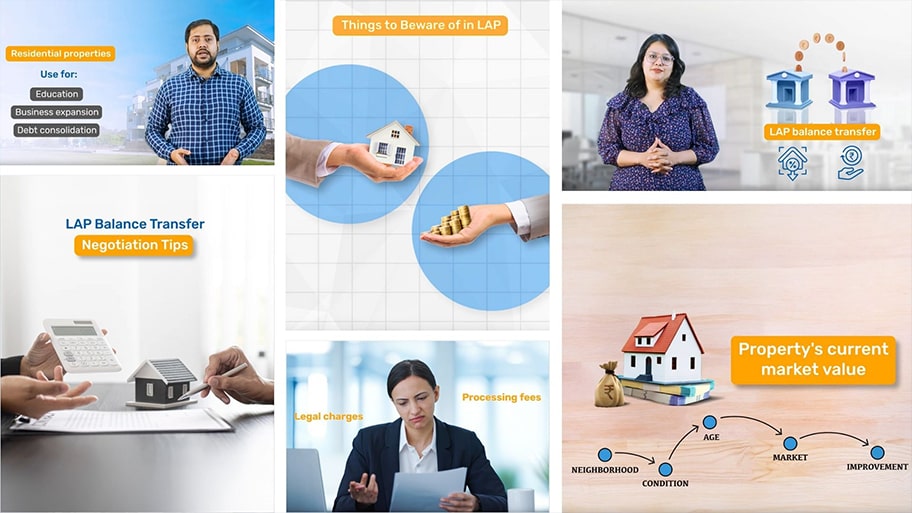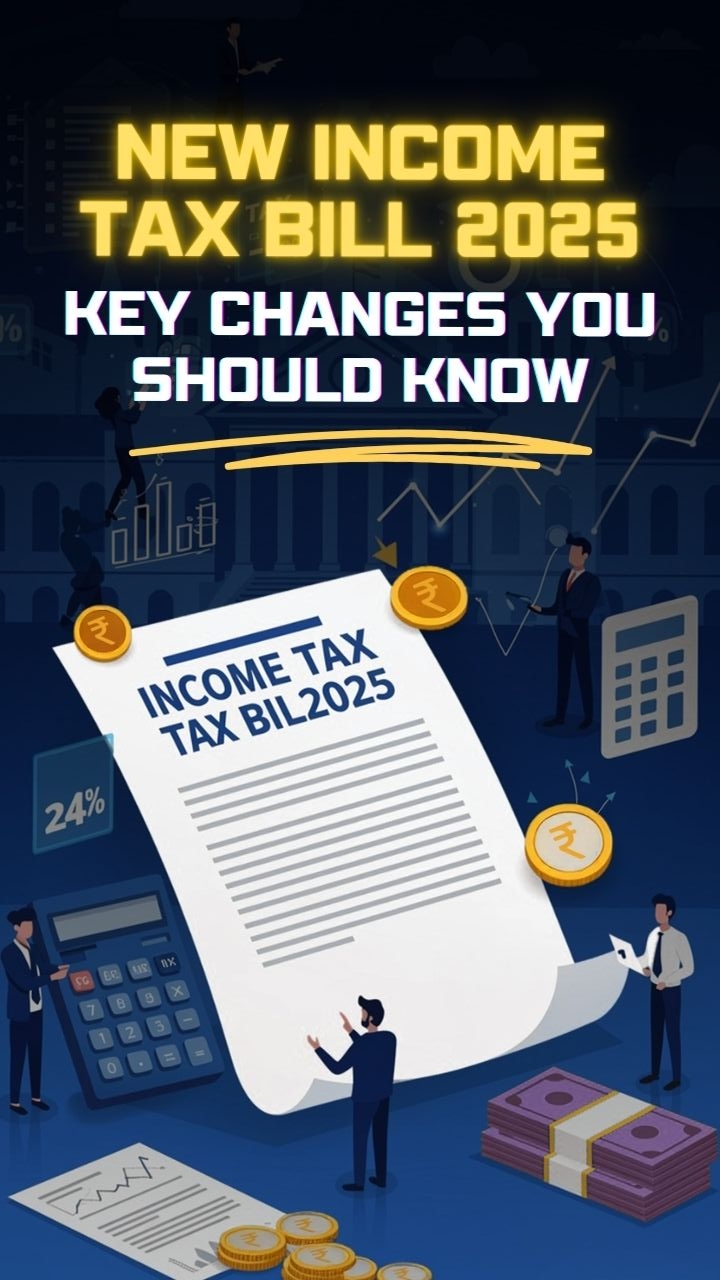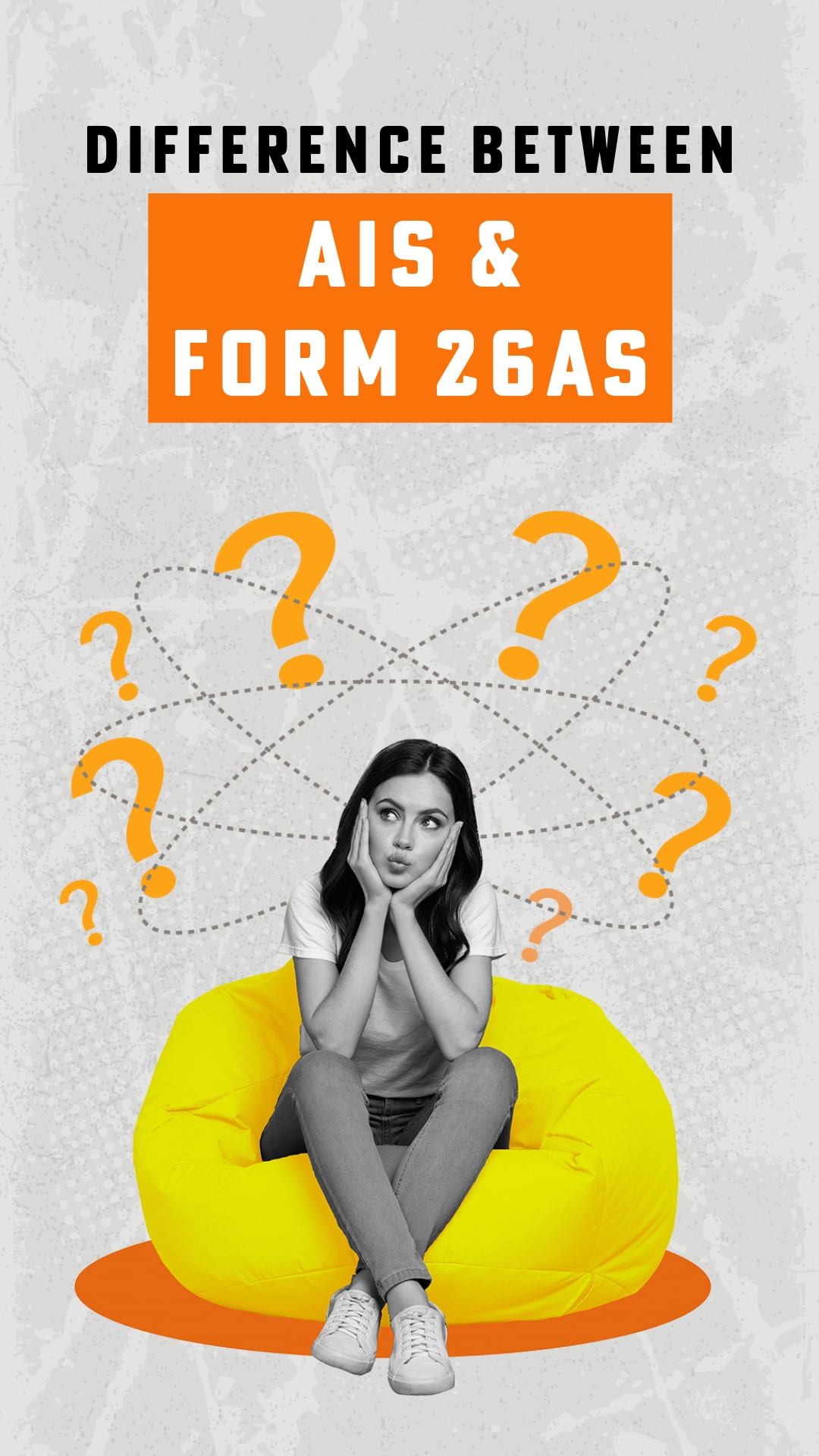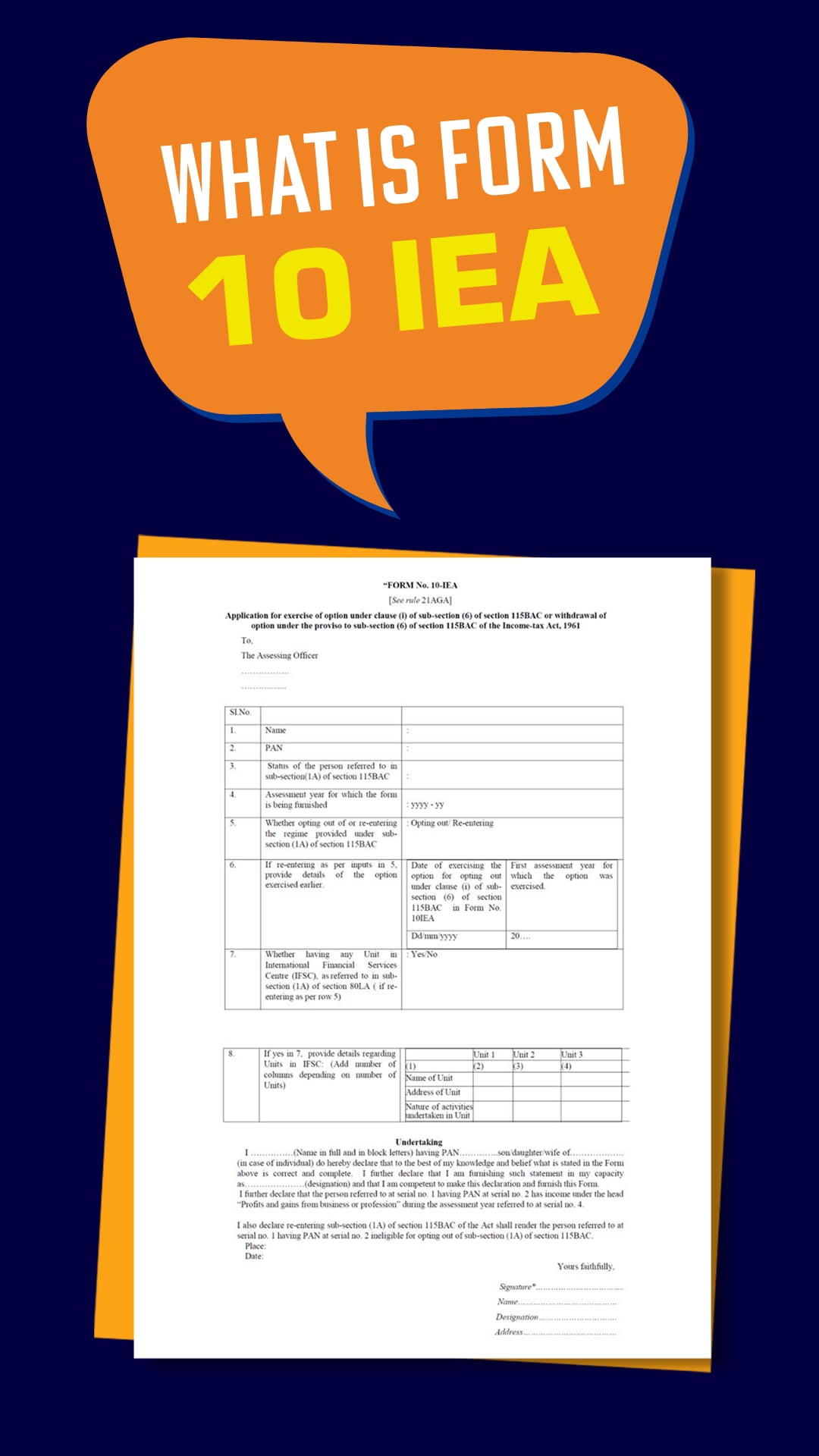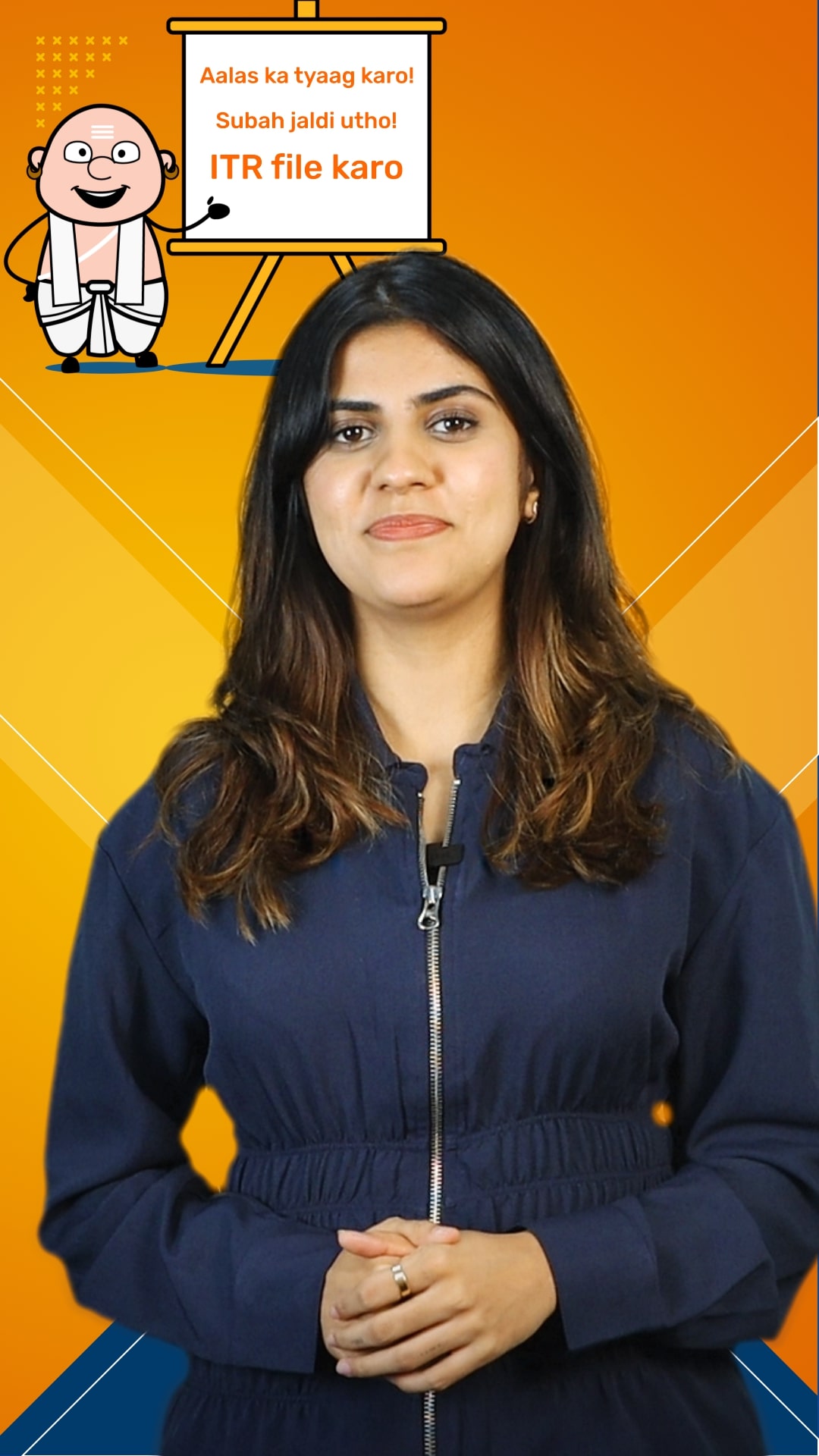New Income Tax Bill 2025 Explained: What’s Changed and What’s the Same?
India’s tax system might be set for a major transformation with the New Income Tax Bill 2025. In this video, we’ll take you through the key highlights of the bill, which aim to simplify, modernise, and streamline tax laws.
We’ll explore how the introduction of a unified “Tax Year” is said to replace terms like “Assessment Year” and “Previous Year,”. We’ll also look at how salary-related deductions like standard deductions, gratuity, pension, etc. might now be consolidated under Section 19 for easier access.
We’ll see how the presumptive tax scheme limits are to be increased for businesses and professionals, reducing compliance burdens. We’ll also break down the expanded definition of Virtual Digital Assets, bringing cryptocurrencies and NFTs into the tax framework. Additionally, we’ll explore how TDS provisions might be restructured under Section 393, making compliance simpler.
While some things are changing, tax slabs, standard deductions, ITR deadlines, key exemptions, etc. remain the same. With the bill under parliamentary review, we’ll keep you posted on what happens next!

Key Takeaways
The New Income Tax Bill 2025 could simplify tax laws by removing redundant provisions and establishing a clearer framework
Terms like “Assessment Year” and “Previous Year” might be replaced with a unified “Tax Year” aligned with the financial year
Salary-related deductions, including gratuity, pensions, etc. could be consolidated under Section 19 for simplified tax calculations
The method for calculating depreciation on assets might be streamlined, making it easier for businesses to manage tax filing
Virtual Digital Assets such as cryptocurrencies and NFTs could be explicitly covered under the revised tax framework
The presumptive tax scheme limit might increase to ₹3 Crores for businesses and ₹75 Lakhs for professionals under revised sections
Tax authorities might gain access to taxpayers’ electronic records, including emails and online financial data, for investigation purposes
TDS provisions could be consolidated into a tabular format under Section 393, potentially making compliance more straightforward
Tax slabs, deductions, ITR filing deadlines, and key exemptions are expected to remain unchanged under the new bill
The bill is currently under parliamentary review and, if passed, might come into effect from April 1st, 2026
What to Watch Next
Bites

